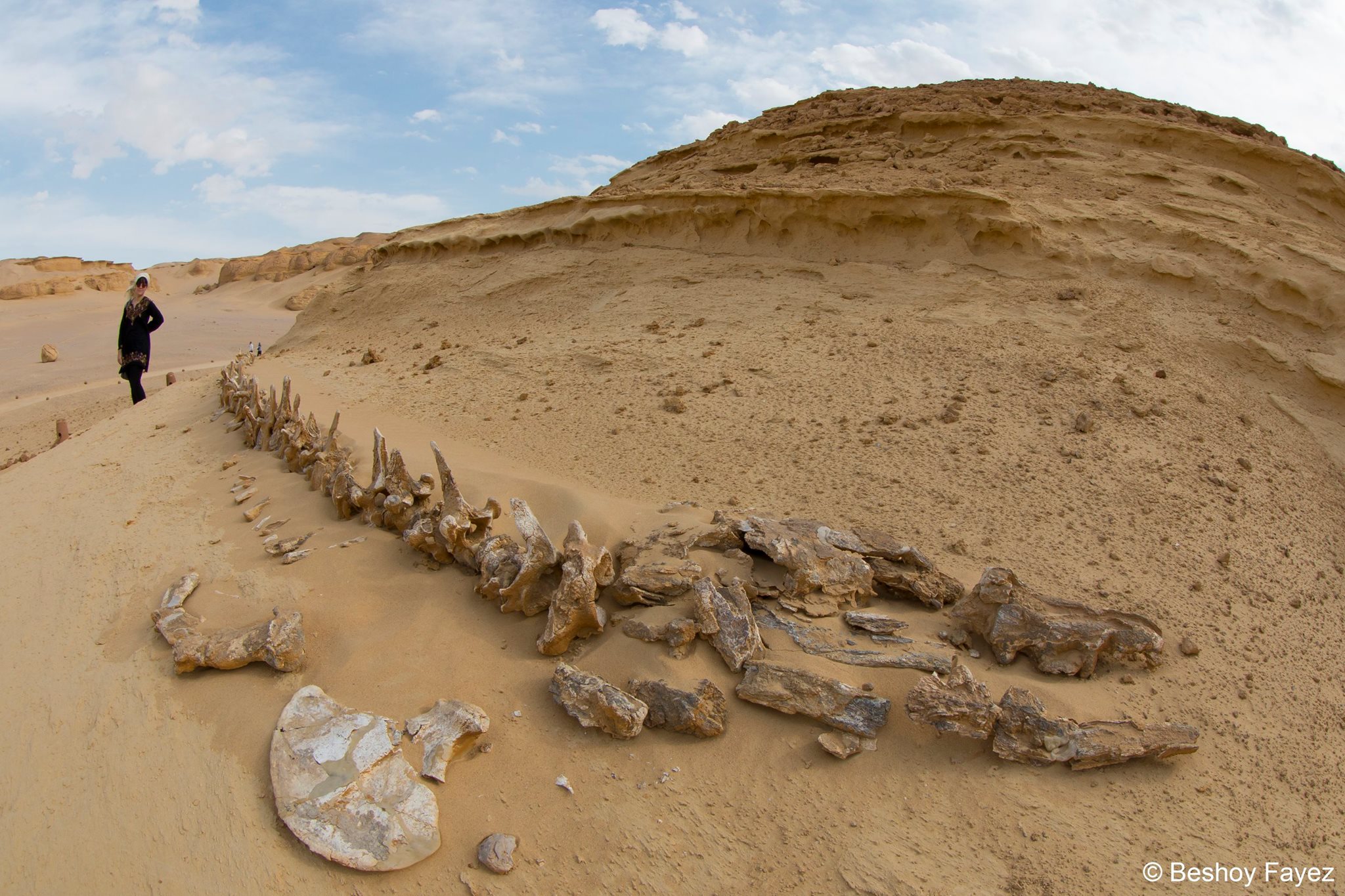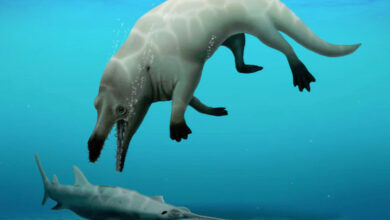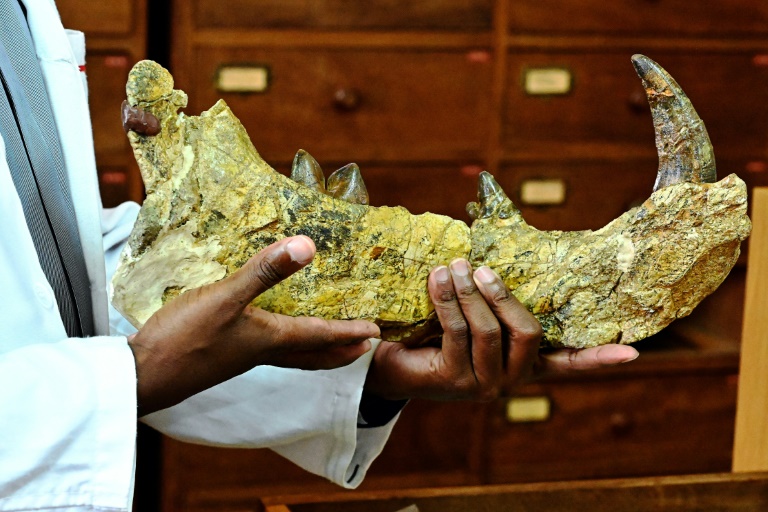
Wadi el-Hitan (Valley of Whales) is a desert in Fayoum full of dramatic landscapes where, from time to time, scientists have been surprised to unearth remarkable collections of various eocene vertebrate species, particularly whales, which caused UNESCO to designate it as a World Heritage Site in 2005.
Recently, a group of Egyptian paleontologists discovered the fossilized remains of a 2-meter-long catfish that lived roughly 37 million years ago. The team, lead by 26-year-old Sanaa el-Sayed, are pursuing a Master's in vertebrate paleontology at Mansoura University. Their discovery is the first of its kind for an all-Egyptian team, as well as being a first for a team led by an Egyptian woman.
The specimen was collected during a field exploration for student training by the Mansoura University Vertebrate Paleontology Center (MUVP) in collaboration with the Egyptian Environmental Affairs Agency (EEAA), based on the mutual memorandum of understanding between the two institutions.
The study said this newly-found fossil is remarkably well-preserved and consists of an incomplete neurocranium, with the entire left side preserved, as well as a partial right dentary, left suspensorium, two opercles, left pectoral girdle and spine, nuchal plates, first and second dorsal spines, Weberian apparatus and a disassociated series of vertebrae belonging to the same individual.
Some of the skull bones were found to be preserved in their natural position.
El-Sayed mentioned in her study, published on March 1 in PLOS ONE, that Qarmoutus is the oldest and the most complete Paleogene marine catfishes unearthed from the Birket Qarun Formation. The new genus exhibits distinctive features not seen in other African Paleogene taxa.

She pointed out that the fossil is exceptionally well-preserved and considered the most complete catfish to be reported from Egypt since 1928 and the first marine catfish from the Valley of Whales.

“It’s one of the best preserved and oldest of its family. Even though the fossil is relatively old in the way we ordinarily think of ages in millions of years, it is still essentially anatomically modern and directly comparable to living catfishes,” John Lundberg of Drexel University’s Academy of Natural Sciences told National Geographic




